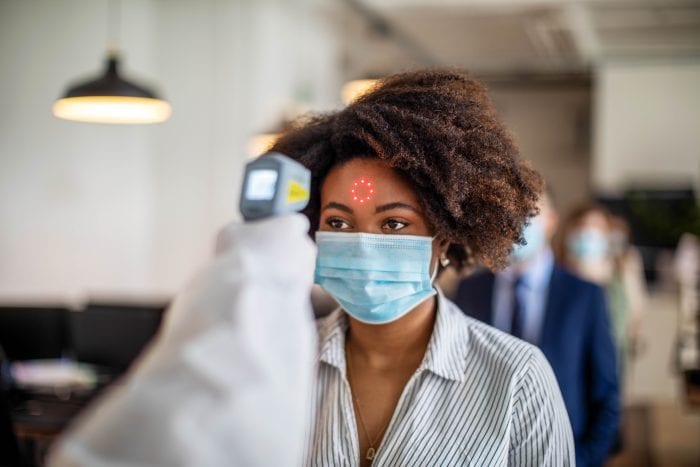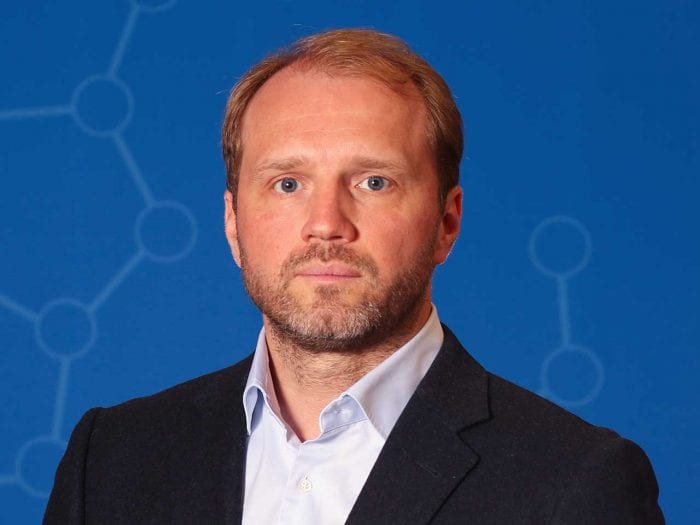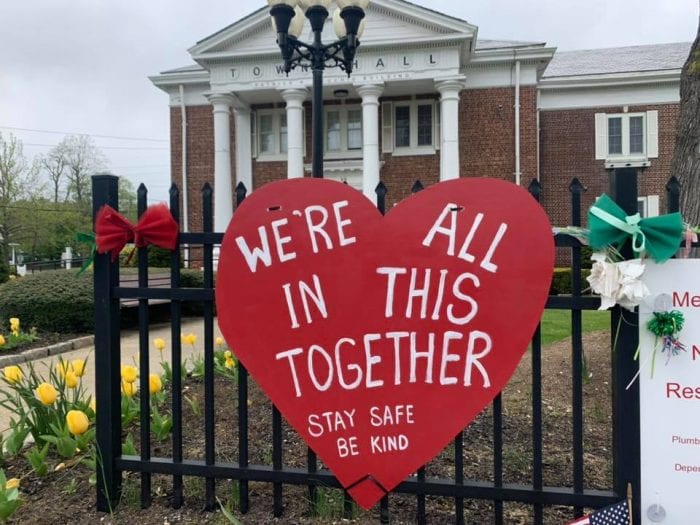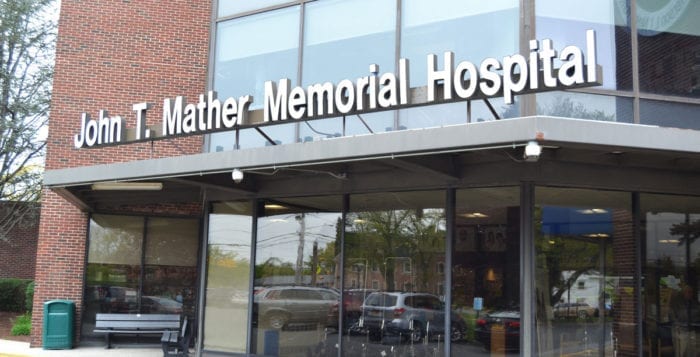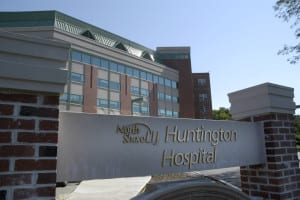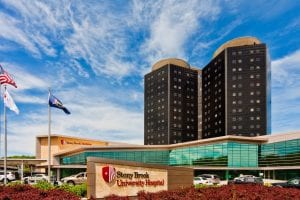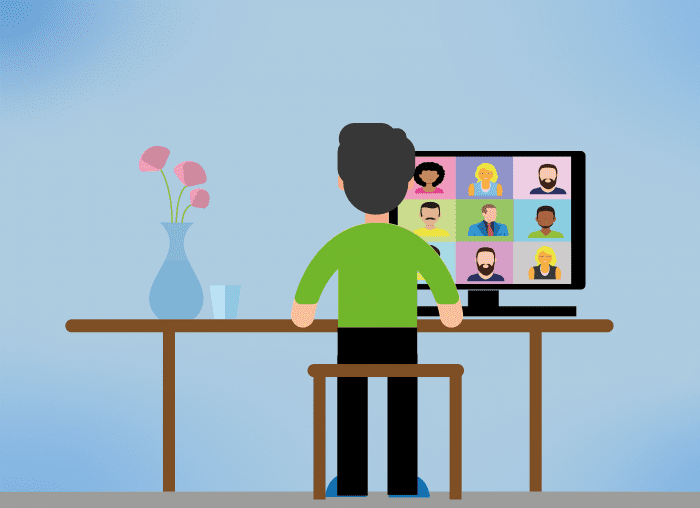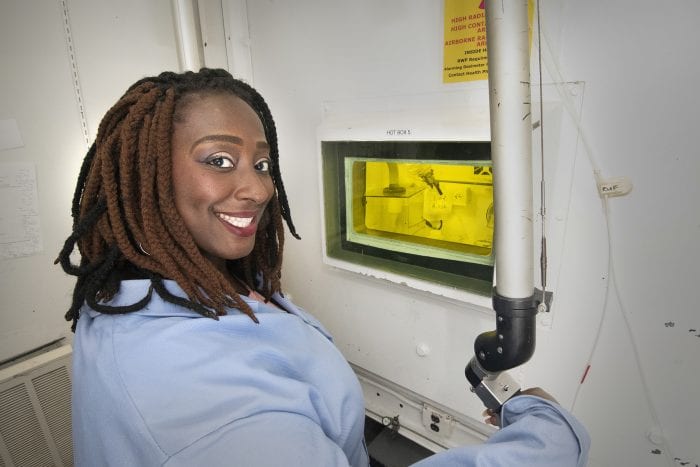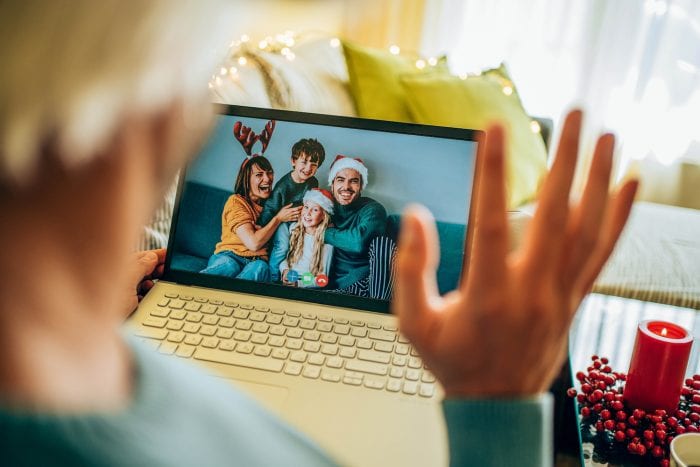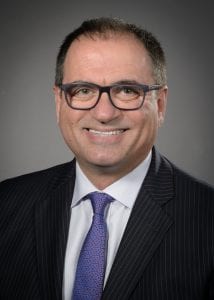Journalism is under attack.
It’s a sentiment shared by Laura Lindenfeld, the dean of the School of Journalism at Stony Brook University after years of. Efforts to undermine the press “remind me why journalism is so critical to democracy,” she said. “We have our work cut out for us.”
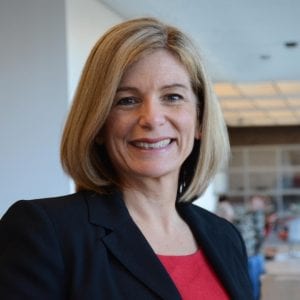
Lindenfeld, who came into the position in March this year after serving as interim dean, said she is encouraged by what she sees at the journalism school, where she lauded students for their engagement, motivation and passion.
“That gives me an incredible sense of hope about our ability to overcome,” she said.
Data from Gallup shows that, as of September this year, trust in media is higher than it was in 2016, but not by a sizable amount. In that survey, 40% said they trust the media a great deal or fair amount. 33% trust the media “none at all.” The difference is most expressed when looking at political party, with only 10% of republicans trusting the media to any real degree, while 73% of Democrats share more trust.
Meanwhile, the journalism school has taken several steps to prepare its students for a challenging world.
In addition to providing the same kind of ethical training other schools offer, Stony Brook is immersing them in a digital program in which they can tell factually based, compelling stories. The school is also urging students to become part of local communities.
Professors encourage students to “listen beneath the surface” and to hear stories and gather information “they might not have heard otherwise.”
Lindenfeld is a strong believer in the school’s DEI program, which stands for Diversity, Equity and Inclusion.
“We need to be thinking about how important difference is” and how important it is to “listen beyond what we think we are saying,” Lindenfeld said.
Additionally, the journalism program at Stony Brook is inextricably intertwined with the Alan Alda Center for Communicating Science, which the dean used to head up. Named after the famed TV and movie actor who brought an improv-driven effort to Stony Brook to encourage researchers to share their work and their passion for science with the public, the center also serves as a resource for journalism students.
While students at the journalism school aren’t all training to become science journalists, they do have a “unique opportunity to understand and think beyond what they imagined” to appreciate what audiences might be feeling. Journalism students “get a dose of improv” in their education.
The school is planning a new class that will start this spring that teaches data and statistics through storytelling, combining the kinds of data that inform economic, demographic, and epidemiological information with an underlying narrative that engages the readers, driving them through the story. Elizabeth Bojsza and Julia Hathaway of the Alan Alda Center are teaching the class.
The journalism school has long promoted its news literacy class, which guides students to discern between fact and fiction and addresses how to understand thoughtful, effective, ethical journalistic practices. The class is made available to non-journalism students as well.
This spring, the school is also offering a class for graduate students in which scientists engage with journalists. Stony Brook invites journalists to attend, where they practice interviews and get to redo them, enabling them to ask questions in a compelling way. Taught by journalism professor, Pablo Calvi, the class is titled Engaging with Journalists.
Lindenfeld said she believes “great story telling will prevail” in journalism. She also believes that people will pay for editorial products they value.
The journalism school also provides its students with an education in business. A year ago, the school hired Sree Sreenivasan, who is the Marshall R. Loeb Visiting professor of Digital Innovation and Audience Engagement. He will help students understand how to build a digital audience.
Lindenfeld would also like to see the school add other degree programs. The university is a “knowledge production machine” and has the opportunity to create programs in communication and mass communication that draw on some of the journalistic principles.
As for the nuts and bolts of writing, including grammar, word choice and punctuation, The J-school dean said she is committed to great writing.
“Rules are there for the sake of clarity, flow and engagement,” she said.
Passionate about food culture, Lindenfeld looks at the recipe of the day in the New York Times. She has observed how the cost of ingredients has decreased during the pandemic.
Not to mention, people are experiencing a resurgence in home cooking.
“I do fear for restaurant culture,” Lindenfeld said.
Lindenfeld urges students to listen and hear people from a wide variety of backgrounds, including to those whose ideas or ideologies might conflict with their own.
“Hearing involves a willingness to be changed by the other,” Lindenfeld said. She urges students to respect those with whom they are speaking “with dignity.”




